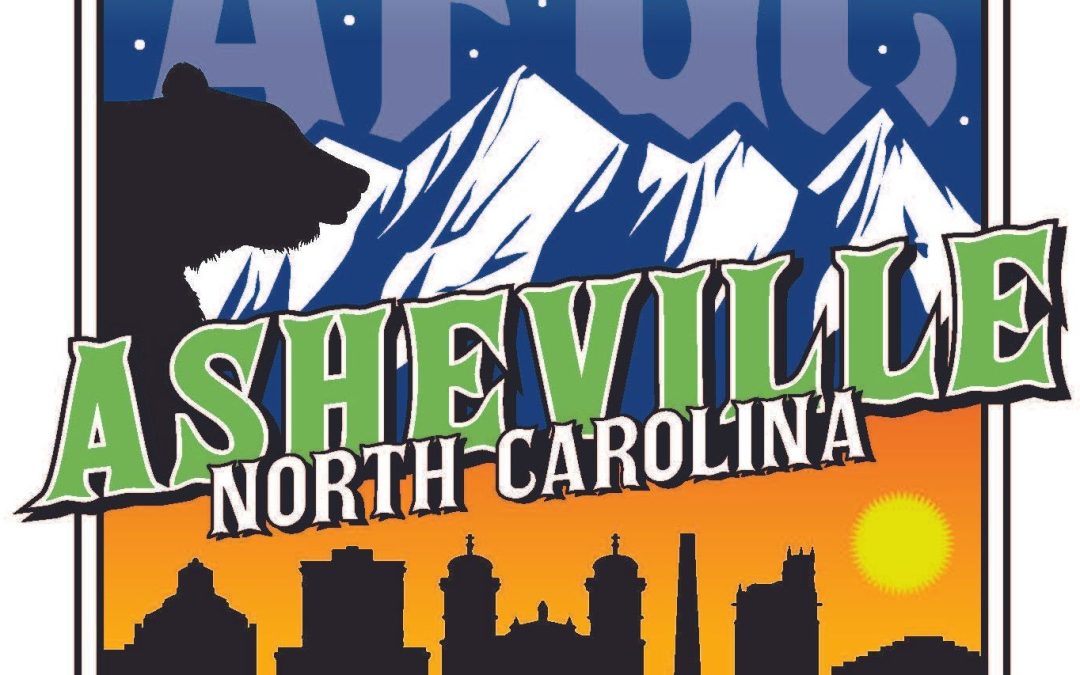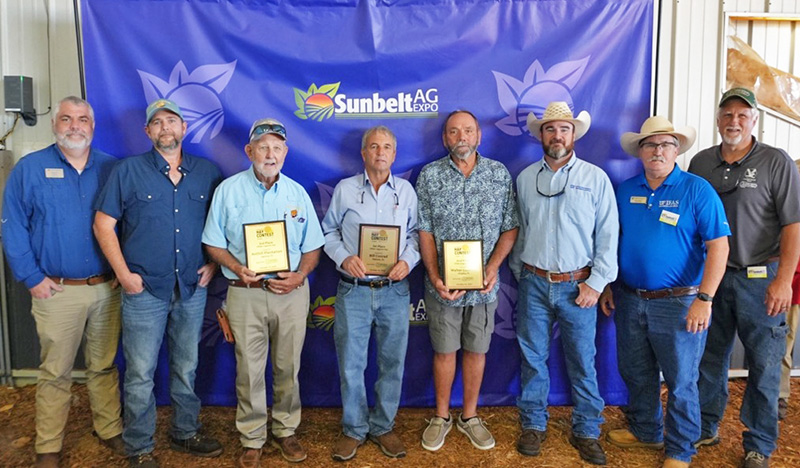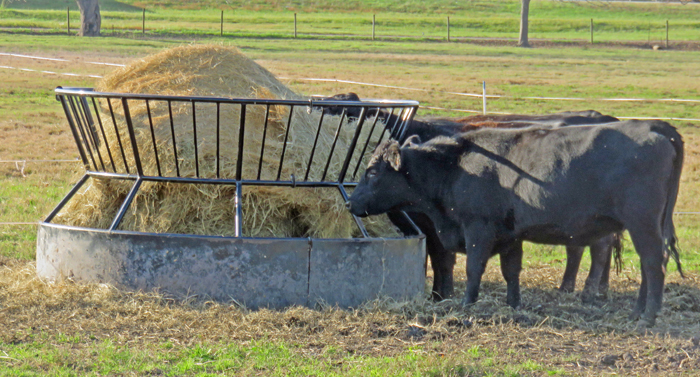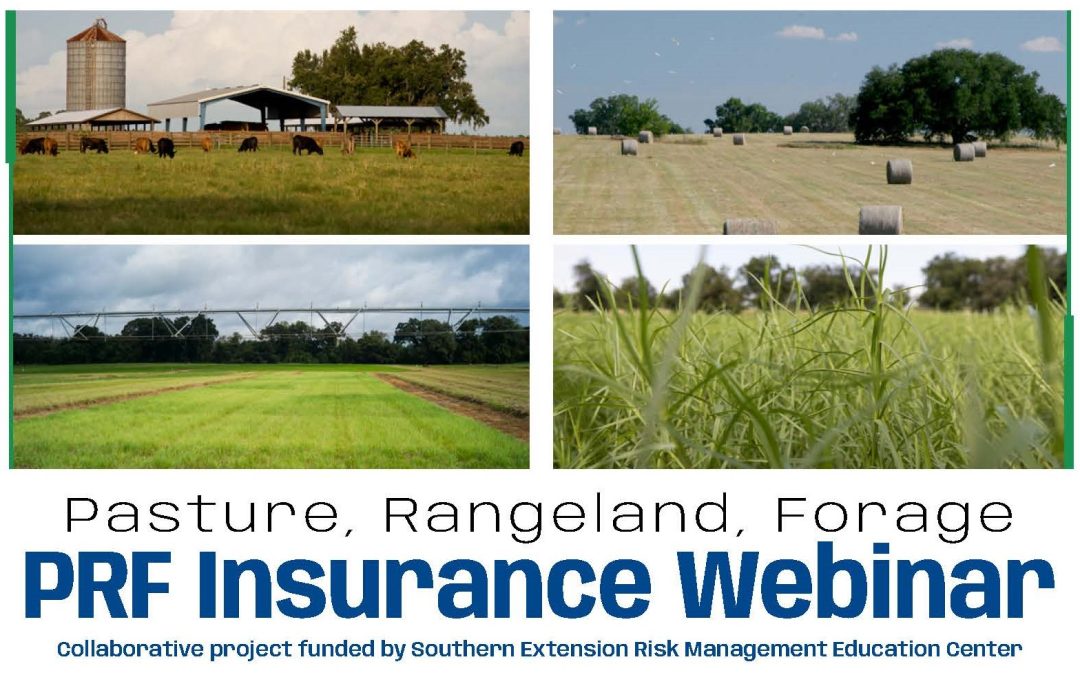
by external | Dec 5, 2025
The American Forage and Grassland Council (AFGC) hosts an annual conference bringing together industry, education/extension, and producers to share insights, research, best practices, and more. The 2026 AFGC annual conference will be held in Asheville, NC January...

by Marcelo Wallau | Oct 24, 2025
Celebrating Excellence in Forage Quality Across the Southeast Adapted from the SE Hay Contest Press Release The 21st edition of the Southeastern Hay Contest (SEHC) marked another record year, with 540 entries submitted from 10 of the 13 Southeastern States. This...

by Ben Hoffner | Sep 19, 2025
With continuous weeks of drought through the end of August and throughout September, all of North Florida is in either the D1 Moderate Drought Category (tan) or D0 Abnormally Dry Category of NOAA’s U.S. Drought Monitor. With limited rainfall, both forage...

by external | Sep 19, 2025
Mark Z. Johnson, Oklahoma State University Extension Beef Cattle Breeding Specialist Some basic rules of thumb to follow when determining the hay supplies you will need to sustain your cow herd over the winter and into next spring. Determine your average mature...

by Nick Simmons | Sep 5, 2025
As the hot days of summer seem to be winding down, we look ahead at ensuring cattle have adequate nutrition in the late fall and winter months. Winter feeding represents one of the largest expenses for cow-calf operations, making accurate hay planning essential....

by Hannah Baker | Aug 29, 2025
Cattle and forage producers have no control of rainfall — or the lack thereof. While producers can’t physically plan for drought in the field, there is a way to plan financially for increased feed costs through the United States Department of Agriculture’s...







